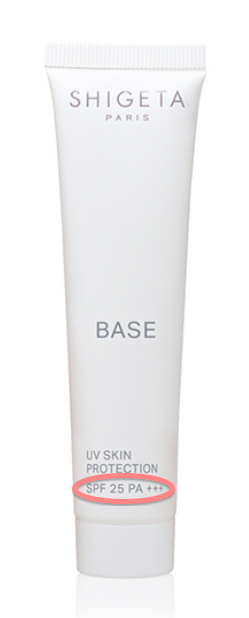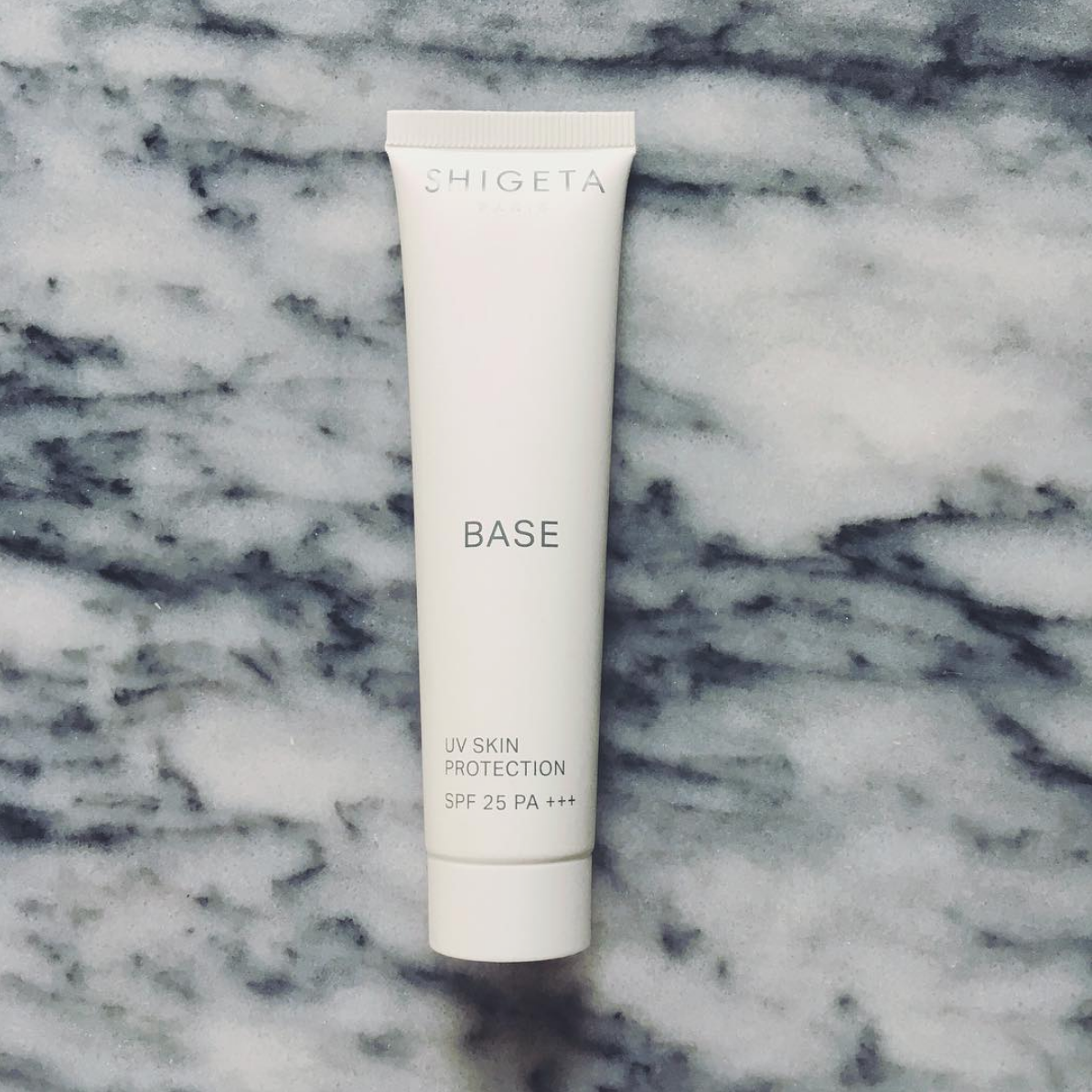Sun protection and skin beauty
Sun is good for our body. It helps improve morale, allows the synthesis of vitamin D necessary for the fixation of calcium on bones, and even temporarily improves certain skin diseases. However an excessive exposure is not good for your health, causing premature skin aging or skin cancers (read: Sun & Skin). Protection is therefore very important to safely enjoy the benefits of the sun.
How sun protection works
There are 2 types of sun filters to protect the skin from the harmful effects of UV: “organic” filters (produced by synthesis and of petrochemical origin, and used in conventional cosmetics), and mineral filters (mineral powders, some of which are authorized by the Cosmos standard in organic cosmetics).
Once applied to the skin, these two types of sun filters act differently. Organic sun filters protect against UV rays by absorbing radiation instead of the skin. Mineral sun filters protect the skin by diffracting light and reflecting UV rays like a mirror.1
Sun protection factors
Two main indexes appear on the packaging of sunscreen products: the SPF (Sun Protection Factor) and the PPD (Persistant Pigment Darkening) represented by the indication PA followed by signs +.

The SPF is an index that measures the product’s protection effectiveness against the main UVB rays responsible for sunburn. There are different levels of protection from the lowest (index 6) to the highest (index 50+). An SPF 25 index indicates that when the product is applied, an erythema (sunburn) will take 25 times longer to appear on the skin than without protection.
The PPD index is reserved to note the effectiveness of the sun product against the UVA responsible for the accelerated ageing of the skin. A product rated PA+++ effectively protects the skin from UVA rays.
To obtain the protection indicated on the tube, apply at least 2 mg of cream per square centimeter of skin, the equivalent of a golf ball to protect an adult’s body. Sunscreen should also be reapplied every 2 hours or after every swimming or intense sporting activity (high sweating).
The organic sun filters in question
UV protection is very important for the health and beauty of the skin and organic sun filters are effective in protecting the skin from radiation. However, they cause allergies in many people, and are suspected to be endocrine disrupters causing many cancers.
Finally, organic filters of petrochemical origin are pollutants of our environment, during their manufacture but especially during their use. Applied to the skin during outdoor activities, they are released into the aqueous medium when swimming. Numerous studies have shown the toxic effect of these chemical filters for the marine environment, particularly on corals.2-5
Mineral filters
Only UV filters authorized for the formulation of organic cosmetics according to the Cosmos standard, mineral sun filters are powders resulting from the grinding of minerals such as zinc oxide or titanium dioxide. Due to their mineral origin they are not very allergenic for the skin. In addition, mineral filters such as titanium dioxide block infrared radiation and thus more effectively protect the skin from photoaging than organic filters.2,6
Good habits
In all cases if possible, use sun protection clothing (t-shirt, shirt), a hat and sunglasses. It is also recommended to stay in the shade as soon as possible, even at the beach (use of a parasol).
For the areas of the body still exposed, use a sun cream (preferably organic) with sun protection adapted to its phototype (minimum SPF 25).
Repeat the sunscreen frequently (every 2 hours) in case of a long exposition, even if the protection factor is high. Repeat application after swimming or intense physical activity (sweating).
For exposure, enjoy the sun in the morning and late afternoon (avoid between noon and 4 pm where the sun’s rays are most intense).
Finally, be very careful with children. Their fragile skin is much more sensitive to the sun (read: Infant’s skin) and they risk developing sunburn much faster even if they have matte skin. Children should therefore be protected from the sun by clothing, a hat and sunglasses at each outdoor activity (even at the beach). A parasol is also essential to protect children at the beach. Finally, prefer using an organic sun cream, even in the shade.7

Discover our products




